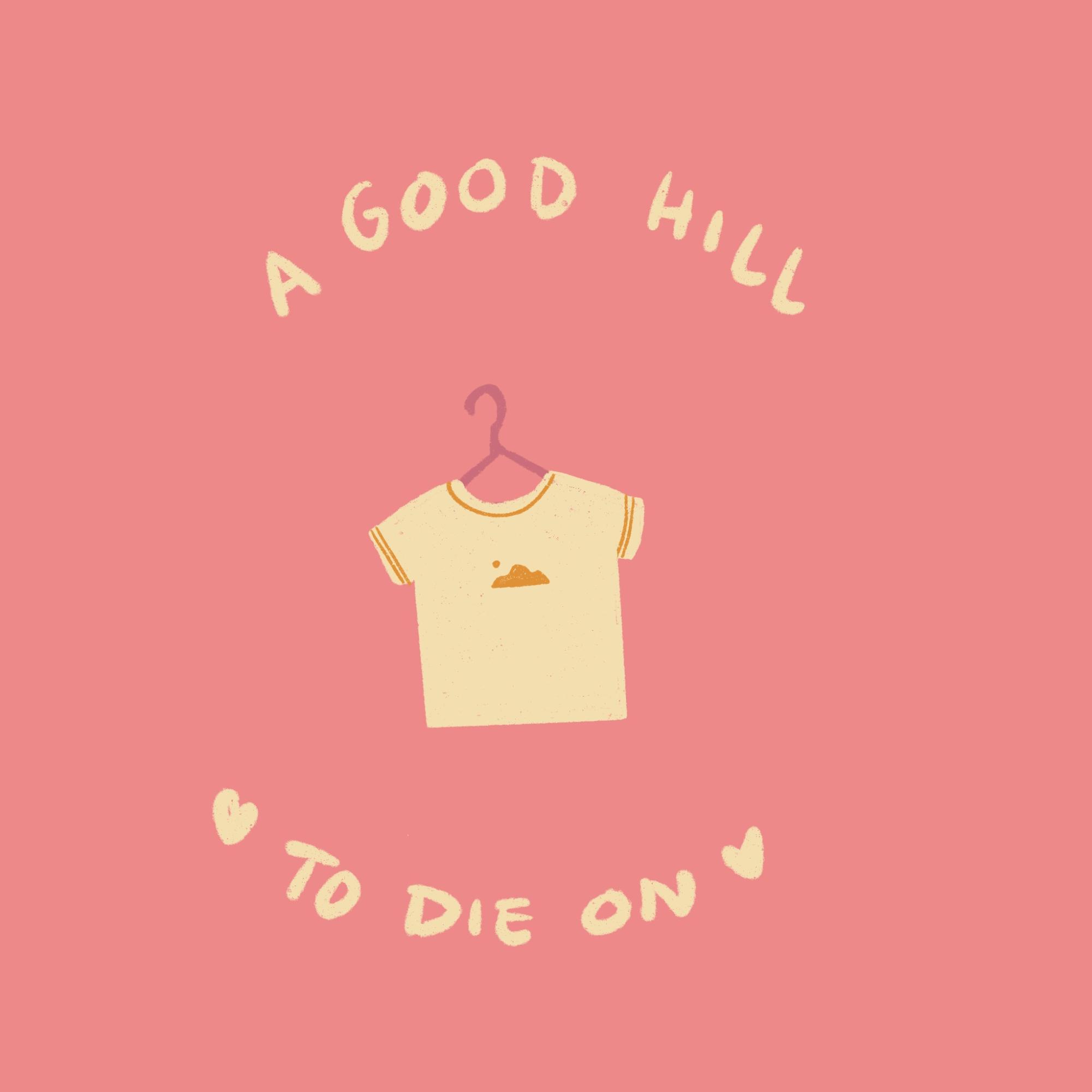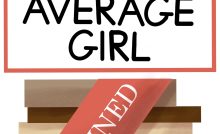A Good Hill to Die On // Dress to Impress or Dress to Invest


I like to shop on SHEIN. Maybe not my best take, but I have some solid basics and pieces I had only planned to wear once from there. My favorite black shirt, claw clip and linen shorts for the pool this summer were all ordered from SHEIN.
To a degree, I feel some guilt knowing that my clothes came from the fast fashion world and will likely only last me a season — dorm washers are not my friend. But regardless of my academic status, I do not have the resources to spend $50 on a black top and especially not $75 on a pair of baggy jeans I may hate in four months.
Yes, spending a little more increases the quality, but not always. Brands like Nike, Hollister, Urban Outfitters and American Eagle are all under the umbrella of fast fashion. So yes, maybe your jeans will last you two years compared to my one, but they were made by neighboring sweatshops.
It has never been about where the clothes come from, or how they look on — people care purely about labels and brand names. They think a higher price tag associated with a company automatically equals better quality and higher ethical standards. Being able to tell your friends you got a strappy tank from Amazon is better than saying SHEIN, even if it is clearly modeled by the same girl.
In today’s world, we so much value the ability to have both — quality and quantity — when that is not easily done. There are two very distinctive hills I can choose to die on — one overflowing with shirts, skirts and shoes I have worn momentarily in response to a trend I saw on TikTok, or a slightly less overwhelming hill of quality and carefully selected items I hope never go out of style.
In writing this piece, I took a long look at the clothes hung by mismatched hangers and neatly organized in my wardrobe and started to really process what I wear. I rotate between the same few pieces of clothing. I favor my newer items more, as they are things my current self picked out and appreciates, but the crop tops I bought senior year of high school at Marshall’s and the matching activewear sets are nearly glued to the hangers.
Even with many options, I find myself reverting to certain items I have owned for years. My Levi’s jeans, vintage crewneck hoodies and black yoga pants stand the test of time.
With so much pressure to appear dressed to impress at every occasion, balancing quantity and quality is near impossible. There are countless retailers both online and in-store. There are various sales and discounts that lead me to making a hasty decision to purchase an item — entering my Discover Card info — before I can process it. All of the various jeans, sweaters and sneakers start to blur together as trends shift season to season.
We have so much variety but no ability to predict what we would like to wear a month from now. I have found items from my first year of high school making their way back into my selection — let’s still hope skinny jeans are not making a comeback.
So maybe to some, I have too many clothes. Yes, my first-year self purchased too much, but going forward, I plan to make smarter purchase choices because, while you can never have too much, you can have too much of the wrong thing.
If fast fashion and SHEIN are your only options, wear them with pride. If you can have every Alo Yoga set in a various color, flaunt it. There is no shame in how you dress or where your clothes come from, as styles come and go. Just think — we all were wearing Vans in 2016 and had a Hydroflask, now we show off our Adidas and Owala
Recent Posts
Opinion | School should be in the summer
Although this may be controversial, I believe that from this data, it is evident that…
Weathering the storm: Pittsburgh teams have tackled some of the toughest environments
The end of the year in western Pennsylvania is always marked by two things —…
Notes From an Average Girl // Notes on Book Banning
In this edition of Notes From an Average Girl, senior staff writer Madeline Milchman writes…
To Be Honest // Yup, it is that damn phone
In this edition of To Be Honest, staff writer Evin Verbrugge writes about her phone…
Meaning at the Movies | Portraying Toxic ‘Adolescence’
In this edition of Meaning at the Movies, staff writer Lauren Deaton explores the mini-series…
Opinion | Climate change requires radical, immediate action
Contributing editor Emma Hannan talks about the effects of climate change and the actions cities…
